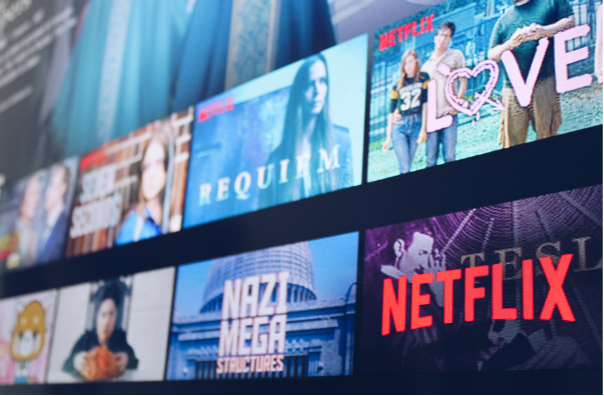There was a time when finding what you wanted from a streaming service didn’t feel like doing homework. You could simply start up Netflix, search for your show or movie, and you were good to go. Today, the separation of content is an accepted part of the streaming status quo, to the chagrin of many users.
The question we have to ask is how did we get here, and does it have to be this way? The entertainment industry is full of others taking similar routes only to later embrace a more cooperative approach, so could this be possible in streaming too? We take a look at where future solutions might lie.
The Journey So Far
The first streaming service to show the effectiveness of online access was, of course, Netflix. Originally launching as a media mailing service in 1997, Netflix began its streaming offerings in 2007. With average internet speeds and data allowances finally allowing for constant video access and consumption, Netflix exploded into a primed market. Millions of users flocked to the company, with many television shows and media companies eager to deliver their content into Netflix’s hands.
“Netflix envelope” (CC BY 2.0) by Marit & Toomas Hinnosaar
Of course, with success comes imitators. When other media companies saw just how much money Netflix was making, they couldn’t help but hunger for a piece of the digital pie, and so the competitors arrived. Each new streaming name needed a way to stand out, and so the media, once centralized on Netflix, began to scatter. Hulu, Prime Video, Peacock, and others each staked their claim, and for their benefit, the users suffered.
One service with one monthly payment made Netflix hugely superior to more expensive and limited cable options that didn’t offer on-demand viewing. Today, with the shows many watches split over many different streams, the financial arm of this argument grows consistently weaker. So, where could a solution lie?
Solutions in Other Media
The issue faced by the separation of streaming media is far from unique. A couple of main examples in interactive entertainment demonstrate the different approaches here, and where they succeed.
Openness with Online Casino Gaming
Some of the strongest examples of cooperation in media sharing benefiting users come from the online casino industry. Live casino games like Lightning Roulette Blackjack Madrid are perfect illustrations of this idea. These titles are shared across many different casinos, where the casinos compete and succeed through their designs, special features, and how much they care for customers. This approach works for both players and the casinos who put in the effort, creating a net positive.
Monopolizing with Video Games
Another illustration of media delivery is found in Steam with PC gaming. Like Netflix with video, Steam was the earliest standout in the online PC gaming storefront, with its momentum carrying it to a dominant position. Other stores like Blizzard’s and Bethesda’s would also compete, but as in television streaming, this just frustrated users.
Facing such backlash, gaming developers again turned to a more open approach, offering releases on multiple storefronts to let players choose the options best suited to their tastes, and those that didn’t largely died out. It’s not as open as the online casino market, but video gaming is getting there, and better products through competition are the result.
“netflix tv” (CC BY 2.0) by stockcatalog
The point we’re driving at here is that, for users to really be happy, television and movie streamers are going to have to embrace a shared approach. Instead of fighting in a way that annoys viewers, they could compete in a way that delivers more to paying customers and enhances the overall viewing experience.
Complications in licensing and corporate unwillingness will always stand in the way of this development, but as issues from the current approach continue, we can only make our voices heard.

